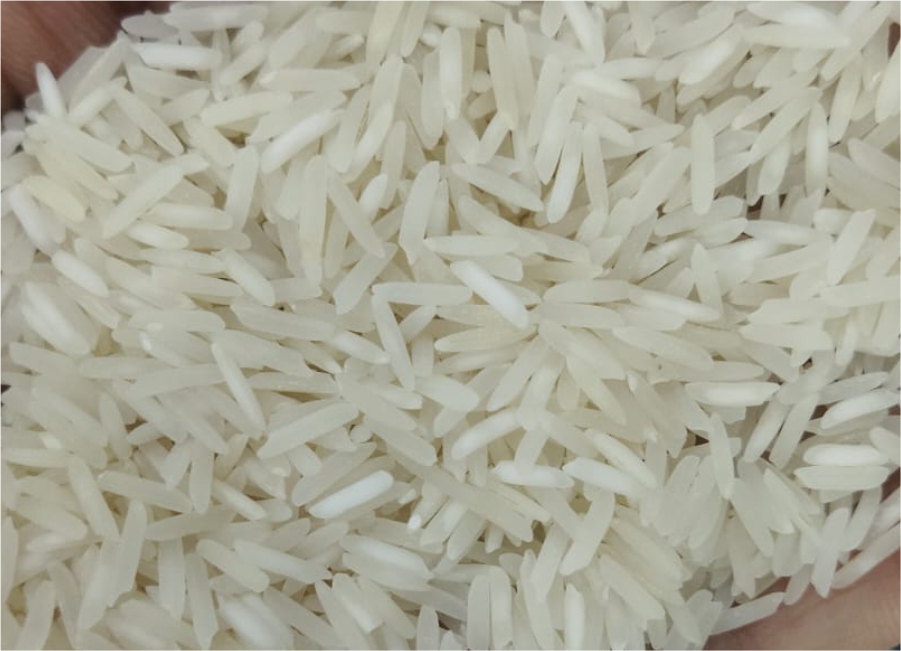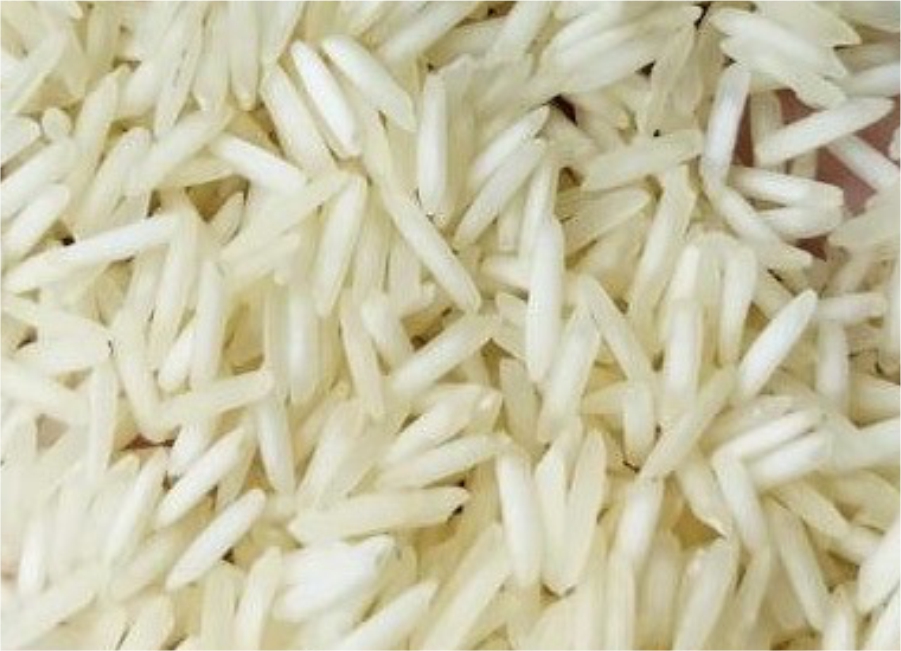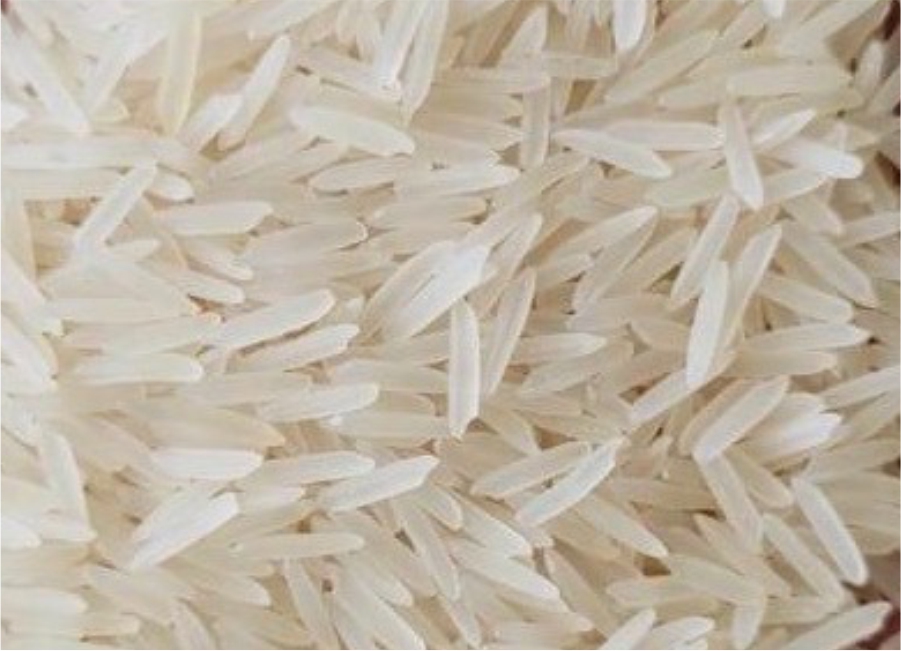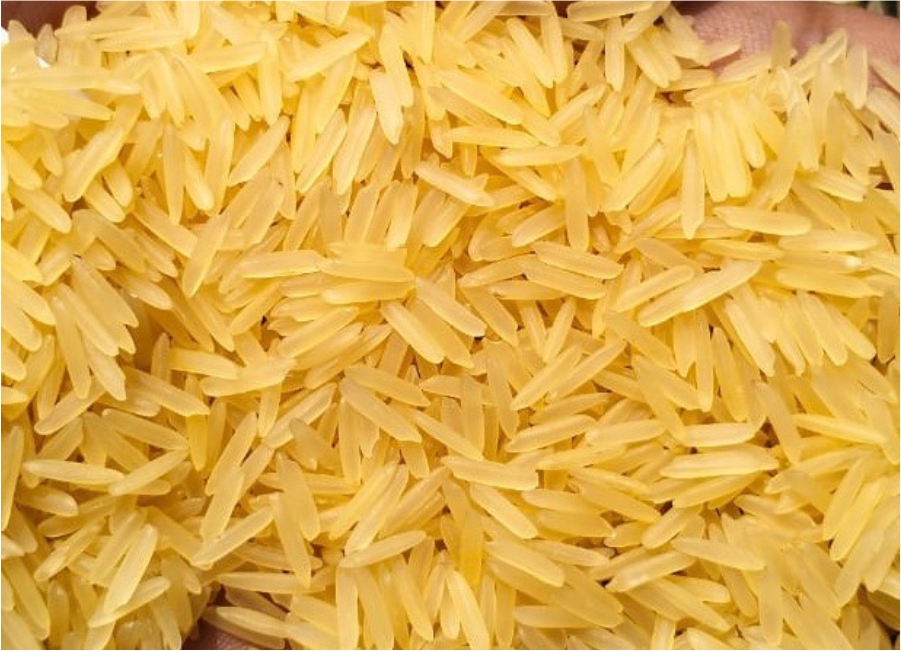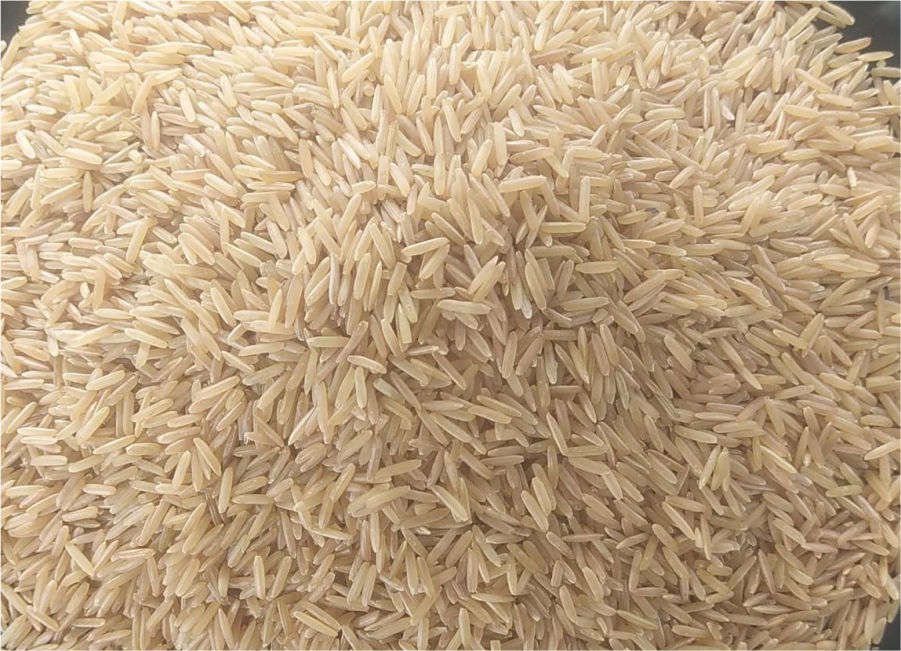Basmati paddy is processed into following multiple forms
Basmati is manufactured in following multiple forms and hence been consumed as per customers requirements based on eating habits, taste buds, cooking recipes, health consciousness and lifestyle living.
At the mill, the harvested rough rice passes through sheller machines to remove the inedible hulls. This process yields brown rice with the bran layers surrounding the kernel still intact. Brown rice can be used as is or further milled by machines that rub the grains together under pressure.
White rice is produced by removing the bran layer and the germ from the paddy. The bran layer is removed from the kernel through either abrasive or friction polishers. The amount of bran removed is normally between 8 and 10% of the total paddy weight.
Steam rice undergoes a steam and drying process before milling makes it easier and quicker to cook. Steam rice boasts higher fiber content due to the retention of bran during the parboiling process. In order to promote healthy digestion and avoid constipation, fiber is essential
Cream Sela Basmati Rice is a parboiled version of 1121 Extra Long Grain Basmati rice with a light colour. The main difference of Creamy Sela Basmati Rice and 1121 Extra Long Grain Basmati rice is the cooking process, and cooked rice result.
Golden Sella basmati has the delicious taste and visual appeal of pure Basmati, simply parboil our signature basmati in its husk, a completely natural process, enabling you to cook and stir this rice without losing the texture.
Parboiled Rice is the variety of rice that has been partially boiled along with the husk. This variety of rice is boiled using three basic steps- soaking, steaming and drying. It is easier to process by hand, to change its texture and boost its nutritional profile.

